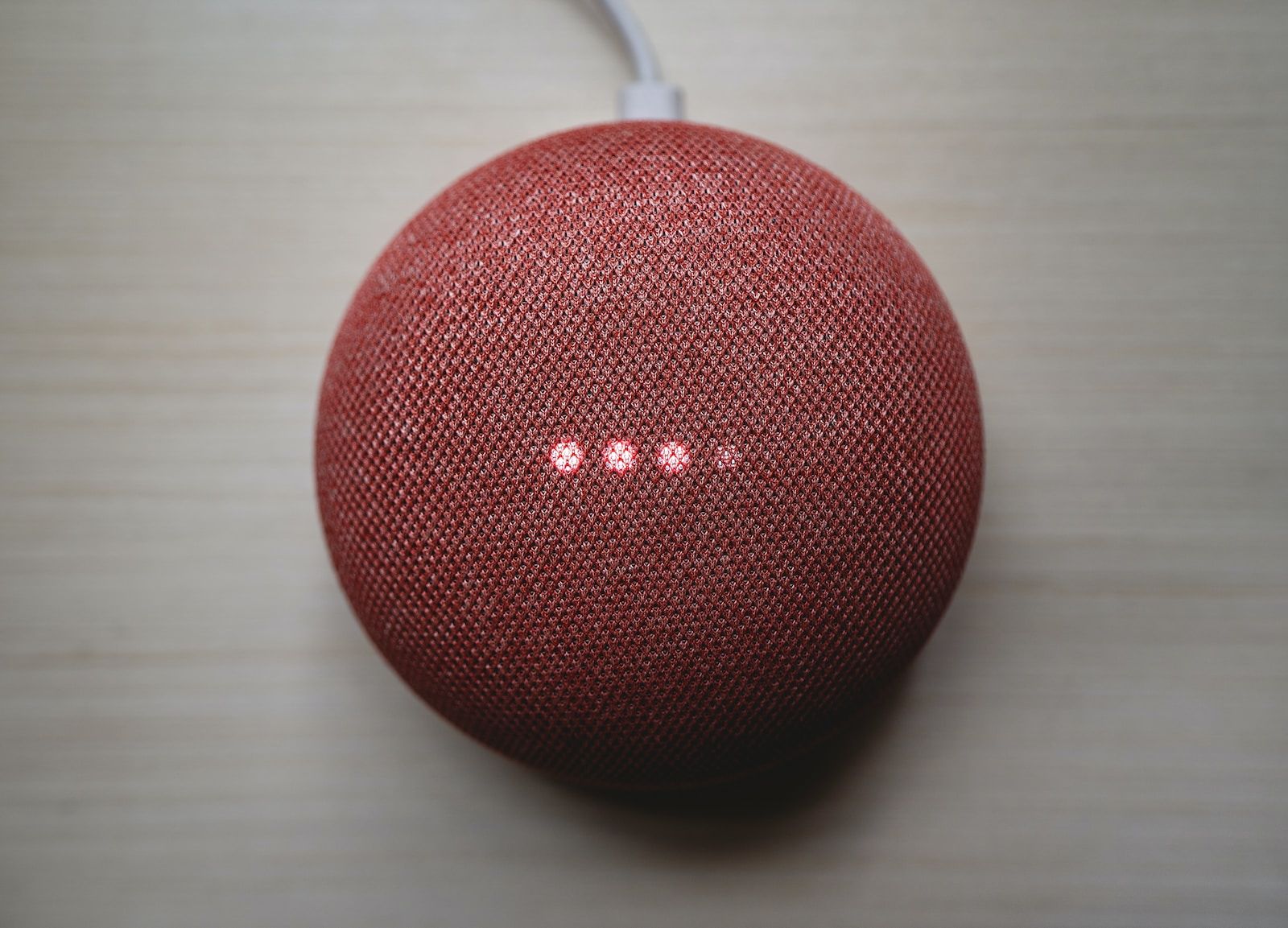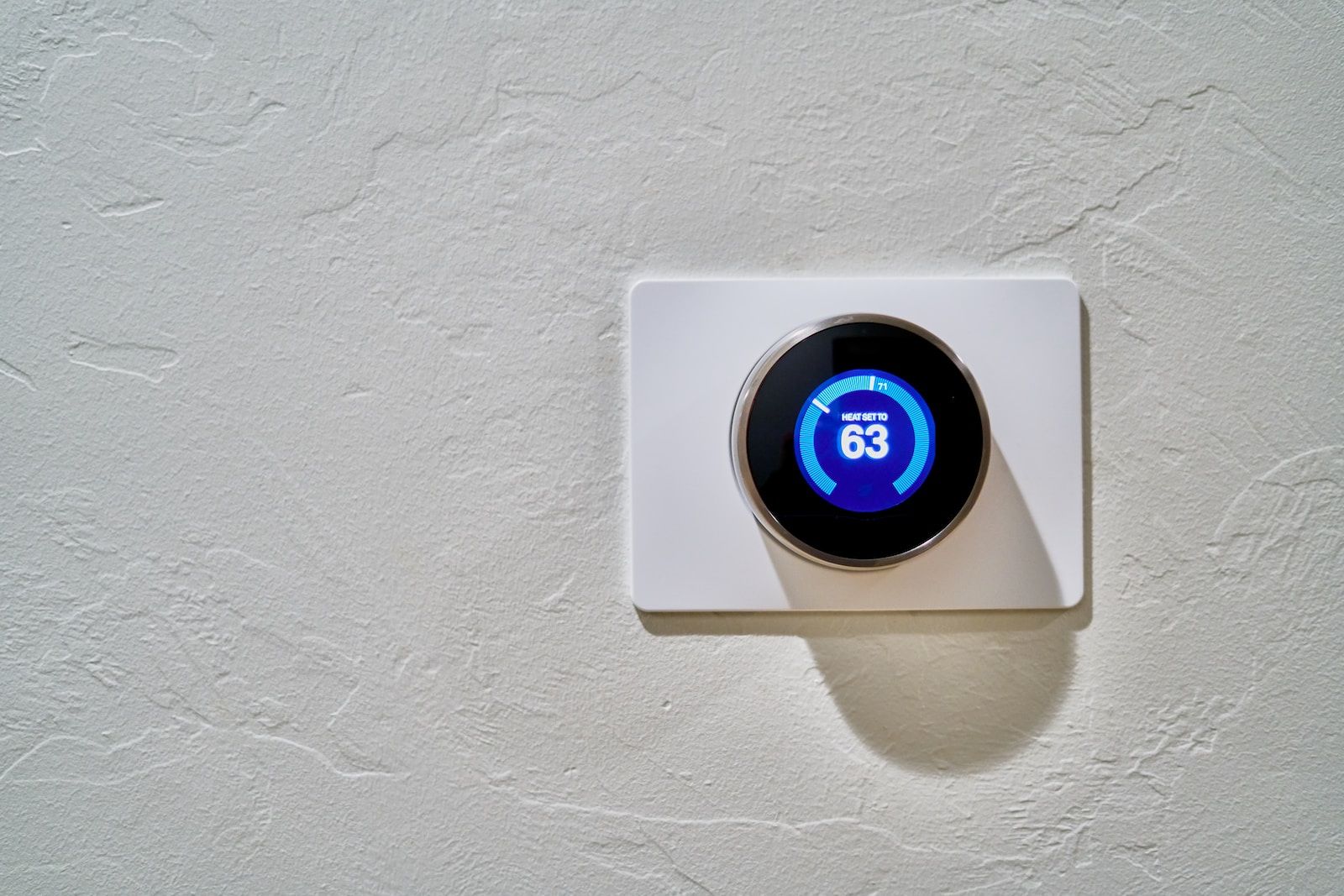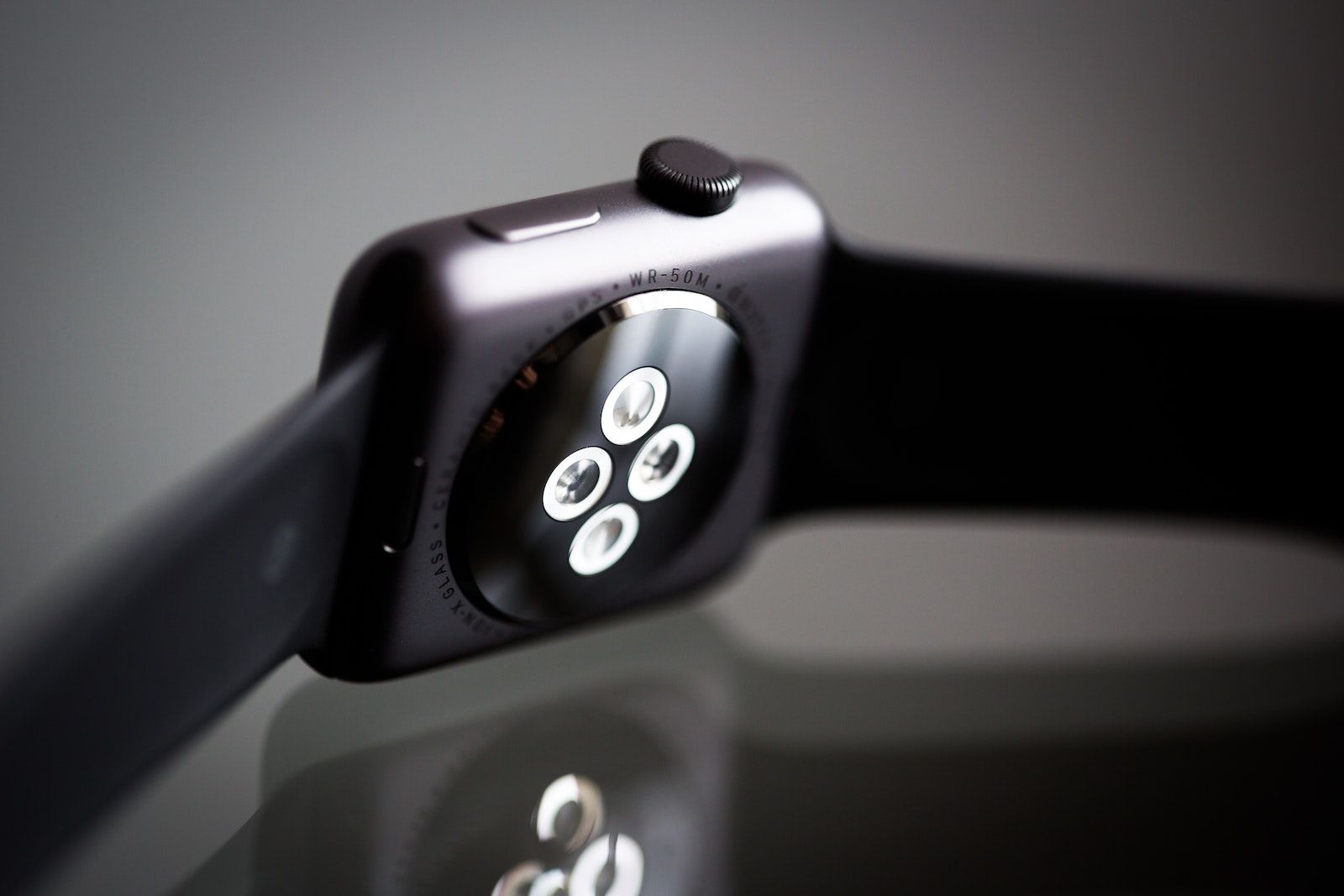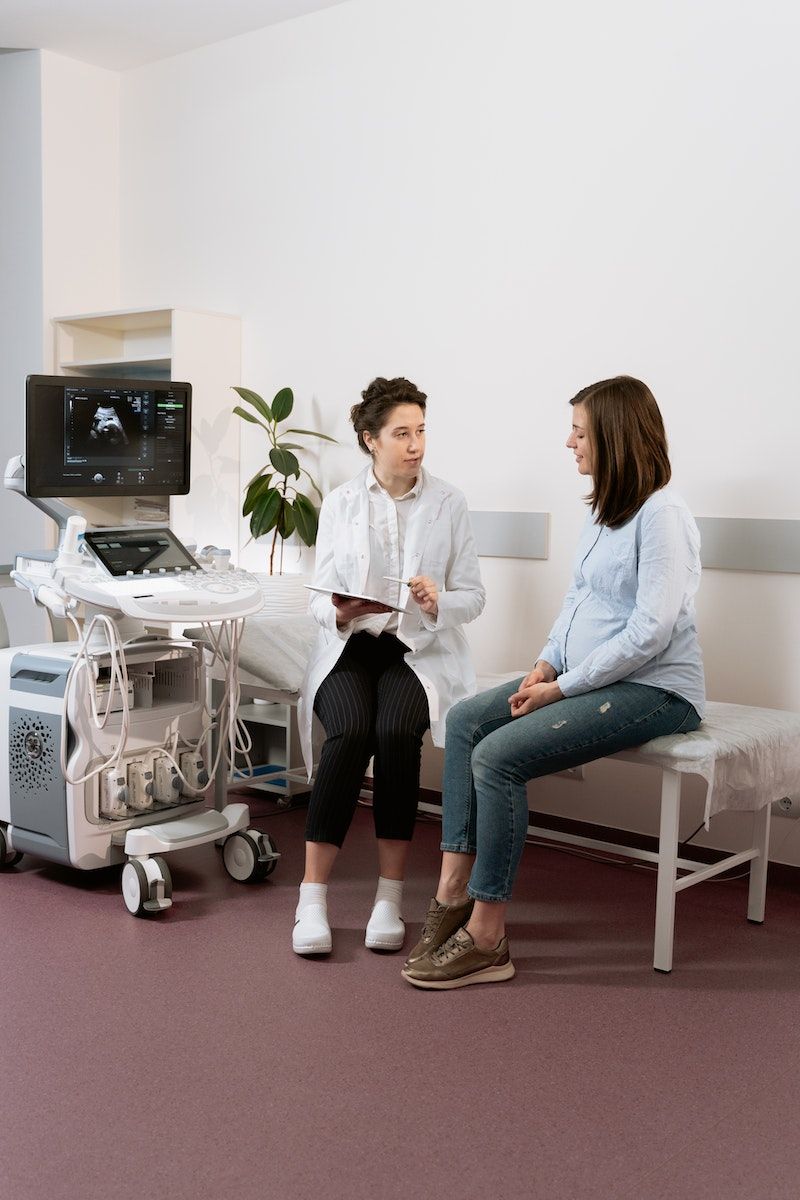That’s a lot of things
Exploring the Superpowers of IoT
Have you ever imagined a world where your appliances, gadgets, and even ordinary objects can communicate with each other through the Internet? This groundbreaking concept is known as the Internet of Things, or IoT for short. Let’s unravel the mysteries behind IoT and how it transforms ordinary objects into superpowered devices that enhance our daily lives.
Making Everyday Objects Smarter and Connected
The possibilities with IoT are nearly limitless. Beyond just connecting appliances and devices, IoT has the potential to revolutionize entire industries. For example, in agriculture, smart sensors can monitor soil moisture levels and weather conditions to optimize irrigation and crop growth. In transportation, connected vehicles can communicate with traffic systems to reduce congestion and enhance road safety. IoT enables real-time equipment performance monitoring in manufacturing, allowing for predictive maintenance and increased efficiency.
With the ability to connect people, data, and things like never before, the Internet of Things opens up a new world of opportunities for innovation and convenience. From smart homes that adjust to our preferences automatically to wearable devices that track our health in real time, IoT seamlessly weaves technology into every aspect of our lives. As we continue to embrace this transformative technology, the question becomes not if IoT will shape our future but how far its impact will reach.
Connecting the Unconnected
At its core, IoT revolves around seamlessly connecting an array of everyday objects to the Internet. Think about your home appliances like thermostats, refrigerators, and even light bulbs. With IoT technology, these objects become equipped with special sensors and software that enable them to gather information and communicate with each other wirelessly.
Imagine coming home on a hot summer day and being able to adjust the temperature of your house from your phone before you even step through the front door. Thanks to IoT, this is now a reality. Connecting your thermostat to the Internet gives you the power to control the temperature in your home remotely. No more sweating or freezing while waiting for the AC or heater to start.
IoT can also make grocery shopping more convenient. Have you ever experienced that frustrating moment when you realize you’re out of milk just as you pour it into your cereal bowl? With IoT-enabled refrigerators, this scenario becomes a thing of the past. These smart fridges can keep track of their contents and send notifications to your phone when you’re running low on groceries. You’ll always be one step ahead with a well-stocked fridge!
But it doesn’t stop there. In our interconnected world, IoT has the potential to transform various industries, such as healthcare and transportation. For instance, imagine wearable devices monitoring our health in real-time and sending alerts if certain vital signs go haywire – empowering us with early detection and potentially life-saving interventions.
Enhanced Efficiency
The magic of IoT lies in its ability to make our devices work together more efficiently than ever before. By bridging the gap between physical objects and digital networks, IoT helps us create a synchronized ecosystem where everything functions harmoniously. For instance, imagine being able to control your home’s temperature using your smartphone while on the go. With IoT-enabled thermostats, this becomes a reality.
In agriculture, sensors embedded in soil can provide real-time data about moisture levels and nutrient content, helping farmers optimize irrigation schedules and fertilizer usage. This can increase crop yield and promote sustainable farming practices by minimizing wastage.
Transportation can benefit from IoT as well. Imagine smart traffic lights that adjust their timing based on real-time traffic conditions or connected vehicles that communicate with each other to avoid accidents and optimize routes for fuel efficiency.
Smart Solutions for Everyday Life
One of the fantastic benefits of embracing IoT is its potential to simplify and streamline various aspects of our daily routine. Imagine receiving alerts when your fridge is running low on groceries or even having it automatically place an order for you! With smart refrigerators connected through IoT, these tasks can be transformed from mundane chores into convenient automated processes.
But that’s not all. IoT can also bring newfound convenience to our lives by alerting us when our fridge is running low on groceries. Imagine receiving a notification on your phone reminding you to pick up milk or eggs, saving you from those frustrating moments of realizing you’ve run out just as you’re about to prepare breakfast. This level of interconnectedness allows our devices to communicate with each other seamlessly, making our lives easier and ensuring that we have what we need when we need it.
Healthcare Revolution
IoT technology has immense potential to revolutionize healthcare as well. It allows medical devices and wearable gadgets to monitor patients’ vital signs in real time and communicate crucial health data with doctors remotely in case of abnormalities. This enables timely intervention even when patients are at home, improving their overall well-being and reducing hospital visits.
Imagine a scenario where a patient with a chronic condition such as diabetes or heart disease can have their blood sugar levels or heart rate continuously monitored using IoT-enabled wearables. Any significant fluctuations would trigger automatic alerts to their healthcare provider, who can then make informed decisions about adjusting medications or recommending immediate medical attention. This remote monitoring enhances patient safety and frees up hospital resources for those who need urgent care.
Moreover, through the power of IoT, elderly individuals or those with limited mobility can enjoy increased independence and security within their homes. Connected devices, such as motion sensors and fall detection systems, can provide real-time alerts to caregivers or family members if there is an unusual activity or potential hazard. This proactive approach fosters a safer environment for vulnerable individuals while providing peace of mind for their loved ones.
The Internet of Things is continuously expanding its reach into various aspects of our lives, from our homes to our workplaces and even our cities. As more objects connect and exchange information, the possibilities for increased efficiency, convenience, and improved quality of life seem boundless. However, it is essential to remember that with this incredible innovation comes the need for robust cybersecurity measures to protect our privacy and prevent any misuse of personal data.
Sustainable Living
Embracing IoT can also contribute to a more sustainable and eco-friendly lifestyle. With advanced sensors and data analysis capabilities, connected devices can optimize energy usage, reduce waste, and monitor environmental conditions. Smart home systems can automatically adjust lighting and temperature settings based on occupancy, resulting in energy savings and reduced carbon footprint.
Additionally, IoT-enabled devices can help us make more informed choices regarding our consumption patterns. For example, imagine having a smart refrigerator that tracks the expiration dates of food items and suggests recipes to prevent food waste. By minimizing unnecessary purchases and preventing spoilage, we can reduce the amount of food ending up in landfills. Similarly, smart irrigation systems in agriculture use real-time weather data to optimize water usage, reducing water waste and promoting sustainable farming practices. The possibilities that IoT offers for sustainable living are truly remarkable.
Security Considerations
While IoT offers numerous benefits, it also introduces new security challenges that must be addressed. As more devices connect to the Internet, protecting against cyber threats becomes increasingly vital. Strong device authentication, secure networks, regular software updates, and user awareness are essential to building a robust IoT security framework.
One of the critical concerns with IoT is the potential for unauthorized access to personal information. With interconnected devices collecting sensitive data, such as health records or home surveillance footage, it is crucial to ensure this information remains private and confidential. Encryption methods can protect data in transit and at rest, ensuring that only authorized individuals have access. Additionally, implementing strong passwords and regularly changing them adds an extra layer of security to prevent unauthorized access.
Another aspect of IoT security revolves around safeguarding against using connected devices for malicious purposes. With the increasing number of interconnected devices forming botnets (large groups of compromised devices), hackers can launch large-scale distributed denial-of-service (DDoS) attacks or gain unauthorized control over multiple devices. To mitigate this risk, manufacturers must prioritize embedding security measures into their products from the design stage. This includes implementing mechanisms like firmware updates and vulnerability patching to promptly address any identified security flaws.
As our world becomes increasingly interconnected through the Internet of Things, we must strike a balance between enjoying its benefits and addressing the associated security risks. By investing in robust security measures and raising awareness among users about best practices for securing their IoT devices, we can foster a safer environment for leveraging this transformative technology.
The Benefits of IoT
The benefits of embracing IoT technology are vast. IoT enables greater efficiency by allowing objects to communicate with each other, streamlining processes that would otherwise require manual intervention. This not only saves time but also reduces human error.
The Internet of Things enhances convenience by providing remote control capabilities over our connected devices. Whether it’s adjusting lighting settings while still cozy in bed or preheating your oven on your way home, IoT empowers us to automate and customize our environment according to our preferences.
Additionally, IoT presents possibilities for significant cost savings and environmental conservation. Smart city initiatives that utilize IoT can optimize energy consumption, traffic flow, and waste management. By monitoring and analyzing data from interconnected systems, cities can make informed decisions to minimize their ecological footprint while maintaining functionality.
Conclusion
The Internet of Things has emerged as a groundbreaking technology that connects the physical and digital worlds. By connecting everyday objects with special sensors and software, IoT enables them to gather information and communicate with each other online. From our homes to our workplaces, the benefits of IoT are undeniable – greater convenience, efficiency, and even improved sustainability practices. As we move forward in this digital era, this new connectivity opens an incredible range of possibilities, from remotely controlling your home’s appliances to revolutionizing healthcare and contributing to sustainable living.








